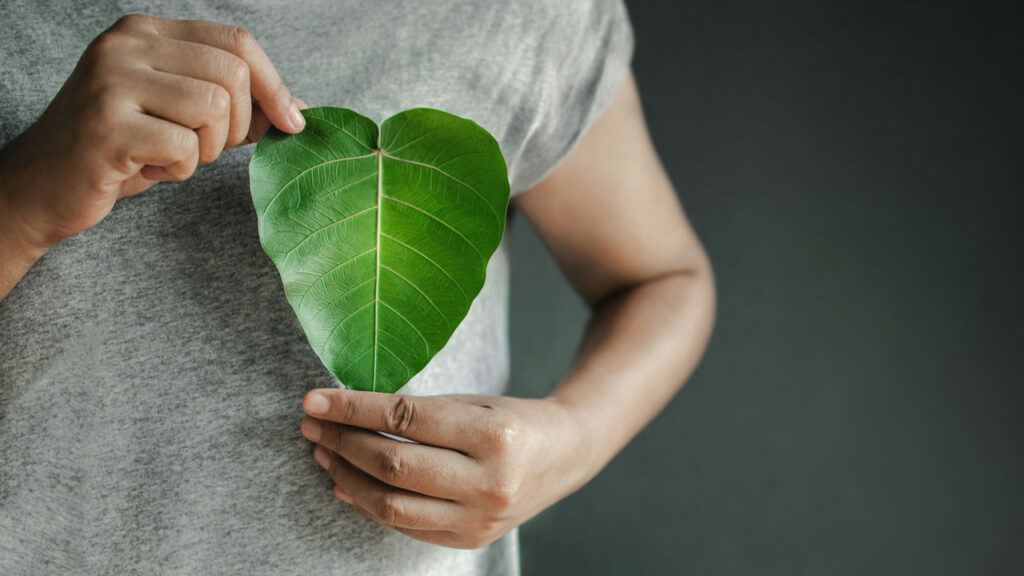In the accelerating field of sustainability, companies are seeking ways to minimize their environmental impact. A powerful tool is Life Cycle Analysis (LCA), which is a method used to evaluate a product’s environmental impact from all aspects. The entire life cycle is examined, from raw material extraction to production, use and disposal to identify “hotspots” where significant impact arise. This method provides an understanding of the ecological footprint the product leaves and is based on international, comparable standards.
Pilot Projects in the Group
In order to be at the forefront of mapping and analyzing the group’s environmental footprint, Lesjöfors launched “The Carbon Footprint Project” in 2023. There are three subprojects:
- Two pilot LCA projects within the group where two different products were selected: a stamping at Lesjöfors Banddetaljer in Värnamo and a compression spring at Lesjöfors Industrifjädrar in Herrljunga.
- Developing a calculation model for carbon footprint.
- Developing a methodology of how to integrate carbon calculations into R&D projects.
The LCA projects are now completed and the results are presented. Lesjöfors’ sustainability team and the units in Värnamo and Herrljunga were supported in the process by the consulting company Miljögiraff and Anton Lindh, a student from Linköping University specializing in the field. Marcus Hartvigsson, MD of Lesjöfors Banddetaljer, comments on the project:
“The process was extensive and lasted for several months. We collected data on parameters such as material extraction, packaging, energy consumption, transportation, external processes, and more. Our conclusion was that material extraction accounts for the largest environmental impact, but we also saw that a surface treatment process had a surprisingly significant impact.”
Assessment and Calculation
More analyses will be conducted and one of the German subsidiaries is next in line. Once the mapping phase is completed, there will be intensive work to develop a calculation model where LCA results can be applied without the need for full LCAs for each product. This helps us understand which stages of the life cycle contribute most significantly to environmental impacts.
“With a calculation model, we can see where the greatest environmental gains in our production and value chain can be made and focus our efforts there,” says Anna Haesert, Sustainability Manager for the Lesjöfors Group.
Eco-design Implements Environmental Consequences
When life cycle analysis maps, eco-design goes a step further by integrating sustainability principles in the development process of a product. The goal of eco-design is to minimize the negative environmental consequences throughout the product’s life cycle.
“Life cycle analyses give us important information we can use in the development phase of a new product. By identifying opportunities for improvement and implementing strategies to reduce environmental impact, we can advise customers in their choices, and we believe eco-design will become an important part of our offering,” says Anna Haesert.


